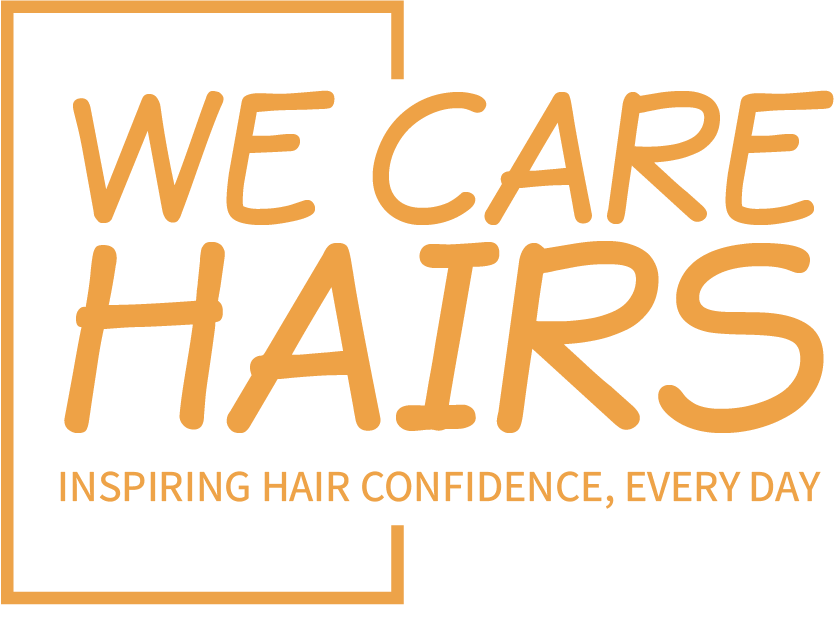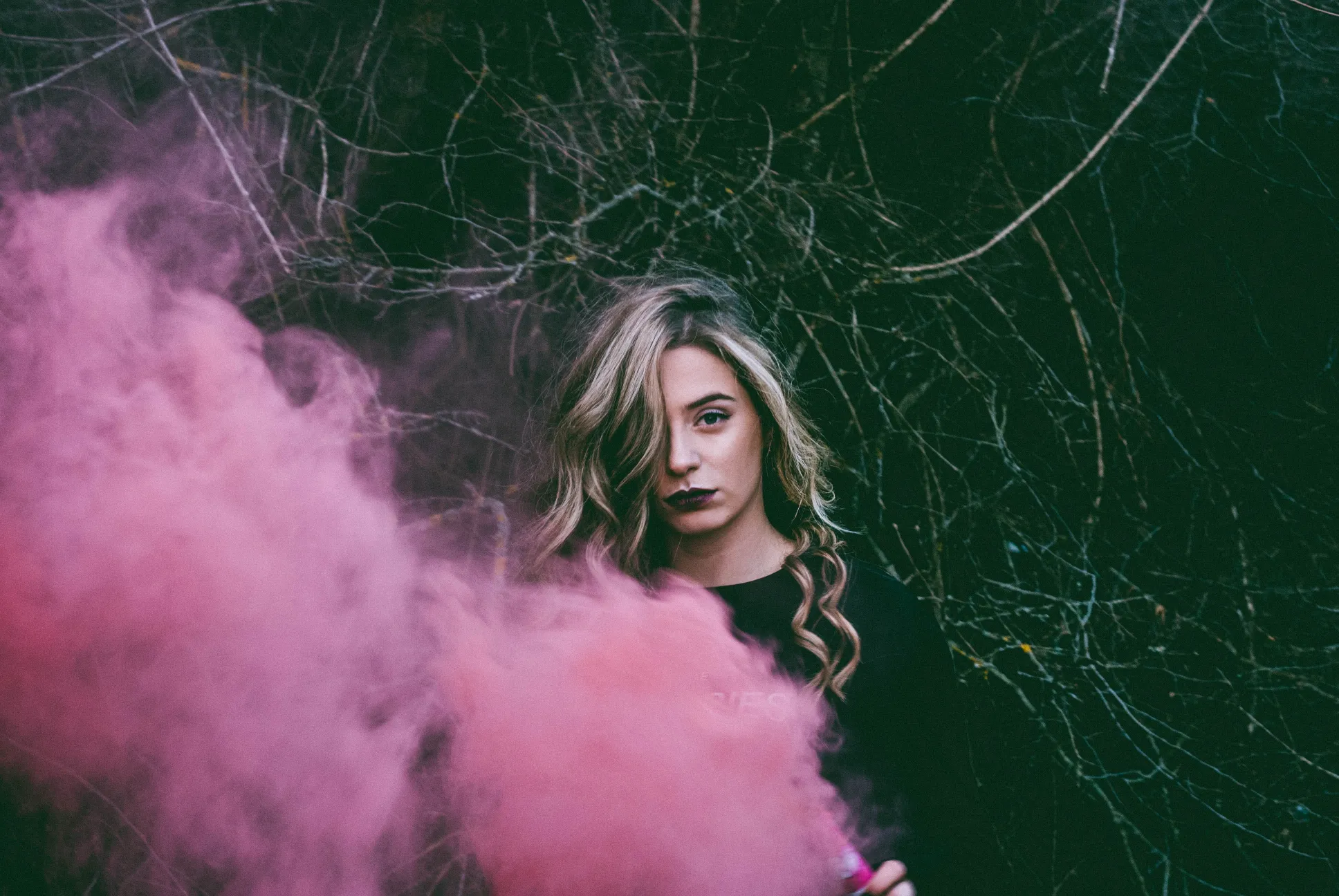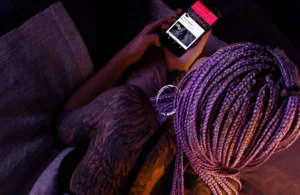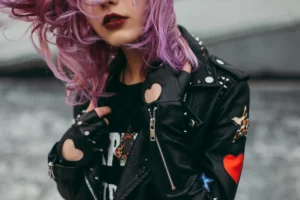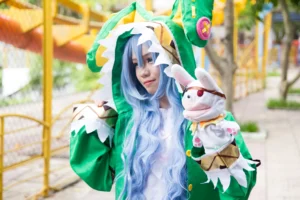Introduction
Blonde hair has captivated societies throughout history with its golden hues and distinctive allure. While hair colors naturally vary across a broad spectrum, there is no denying the unique cultural significance and fascination attached to blonde hair. Yet, what truly constitutes blonde hair color? The answer lies in the intricate interplay of genetics, melanin, and environmental factors.
A brief overview of hair colors and their natural variations
Hair color ranges from the deepest shades of black to the lightest platinum blonde, all determined by the presence and quantity of two pigments: eumelanin and pheomelanin. Eumelanin, which comes in black and brown forms, is responsible for dark hair colors, while pheomelanin gives hair red and yellow hues. Natural hair color variations arise from the unique combination of these pigments within individual hair follicles.
The cultural significance of blonde hair color
From ancient civilizations to modern popular culture, blonde hair has often been associated with youth, beauty, and even divinity. Its rarity in some populations has made it particularly eye-catching and symbolic. Throughout history, blonde hair has been depicted in art, mythology, and literature, contributing to its enduring cultural significance.
The Science Behind Blonde Hair
Genetics and inheritance of blonde hair
Blonde hair is primarily inherited through genes passed down from parents to offspring. A multitude of genes govern hair color, and variations in these genes influence the production and distribution of melanin pigments within the hair shaft. Consequently, a delicate balance of eumelanin and pheomelanin gives rise to the different shades of blonde hair.
The role of melanin in determining hair color
Melanin, produced by specialized cells called melanocytes, determines the color of our hair, skin, and eyes. The interplay of eumelanin and pheomelanin in the hair shaft dictates hair color. Blonde hair results from lower levels of eumelanin and higher levels of pheomelanin, giving it a yellow or golden hue.
How external factors like sunlight can affect hair color
Environmental factors, particularly sunlight, can subtly alter hair color. Ultraviolet rays can break down melanin pigments, causing hair to lighten. For blondes, this effect can be more pronounced due to the lower levels of eumelanin in their hair, leading to sun-kissed highlights and variations in color.
Shades of Blonde Hair
The spectrum of blonde shades from platinum to dark blonde
Blonde hair encompasses a wide spectrum of shades, from ethereal platinum blonde to rich dark blonde. Platinum blonde, characterized by its almost silvery hue, contains the least amount of melanin, while dark blonde hair has a more subdued and deeper golden tone.
Understanding warm and cool undertones
Blonde hair can also exhibit warm or cool undertones. Warm blondes possess hints of gold, honey, or strawberry, reflecting a predominantly pheomelanin composition. In contrast, cool blondes lean towards ashy, silver, or beige hues, indicative of a balanced presence of both melanin types.
Natural vs. dyed blonde hair
Natural blonde hair is an inherited trait, while dyed blonde hair is achieved through the use of hair colorants to lighten the hair shaft. The difference can often be discerned by the uniformity of color in dyed hair compared to the subtle variations and multidimensional tones present in natural blonde hair.
Caring for Blonde Hair
Hair care tips for natural blondes
For natural blondes, maintaining healthy hair requires consistent care. Avoiding excessive heat styling, regular hair trimming, and proper hydration can help prevent hair damage and preserve natural luster.
Protecting blonde hair from environmental damage
Blonde hair, being more susceptible to environmental damage, needs additional protection. Wearing a hat in direct sunlight, rinsing hair after swimming, and minimizing exposure to pollutants can help safeguard blonde hair from harm.
The importance of using the right hair products
Using the right hair products is crucial for maintaining blonde hair. Sulfate-free shampoos, purple-toned products to counteract brassiness, and nourishing conditioners are essential for preserving color vibrancy and overall hair health.

Blonde Hair Through the Ages
The history of blonde hair in different cultures
Throughout history, blonde hair has been viewed with fascination and intrigue in various cultures. In ancient Greece, it was associated with youth and beauty, while in Norse mythology, blonde hair was the hallmark of goddesses and valkyries.
Iconic blonde figures in popular culture
Blonde hair continues to captivate popular culture, with iconic figures like Marilyn Monroe and Madonna exemplifying its enduring allure. Blonde hair, often portrayed as synonymous with glamour and allure, continues to make waves in contemporary culture.
Changing perceptions of blonde hair
While blonde hair has been historically idealized, the rise of hair color experimentation and self-expression has transformed perceptions. Today, blonde hair, whether natural or dyed, is celebrated as a unique and individual expression of identity.
Choosing the Right Blonde for You
Finding the perfect blonde shade for your skin tone
Selecting the right blonde shade involves considering one’s skin tone and undertones. Warm blondes complement warm skin tones, while cool blondes flatter cool skin tones, creating a harmonious and balanced look.
Tips for experimenting with blonde hair color
Experimenting with blonde hair color can be exciting yet daunting. Seeking professional advice, starting with subtle changes, and taking skin tone into account can ease the process and yield stunning results.
How to avoid common blonde hair color mistakes
Common blonde hair color mistakes include choosing the wrong shade for one’s skin tone, over-processing the hair, or neglecting proper aftercare. Awareness of these pitfalls and practicing caution can ensure a successful and gratifying blonde transformation.
Conclusion
The allure and appeal of blonde hair, transcending time and culture, remain undeniable. As a testament to individuality and uniqueness, blonde hair invites admiration and celebration. Embracing and cherishing one’s blonde hair, natural or dyed, is an affirmation of one’s identity and a celebration of one’s uniqueness.

Ethan Harris is a seasoned hair care professional and trichologist with a decade of experience in the industry. With a deep understanding of hair and scalp health, Ethan brings his expertise and dedication to each article he writes. As a passionate advocate for natural hair care solutions, he emphasizes the importance of maintaining a healthy hair and scalp through proper nutrition and a balanced lifestyle.
